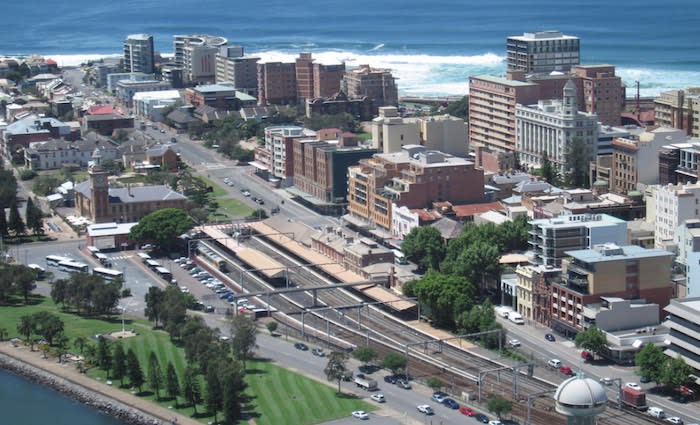Newcastle one of nation's strongest growth areas as regional outperforms capitals
Investors tend to under-rate regional Australia. Among the many myths that clutter up the minds of typical investors is the one suggesting that capital cities always out-perform regional markets.
There’s plenty of evidence disproving that notion, but it’s a foolish concept anyway because it’s usually based on media reports of generalised data.
The passion of research firms and journalists to reduce growth to a single figure for major cities or indeed the entire nation is a frequent source of misinformation.
These numbers sometimes suggest that capital cities are growing faster than the regions, but such data is useless information because within a generally unflattering regional overview (dragged down by struggling resources-related towns) may be individual locations which are doing very well.
But right now, the generalised numbers from CoreLogic have the regions outperforming the capital cities on overall growth.
That does not surprise me because most of the standout locations on price growth in the past 12 months are regional areas.
Newcastle has been one of the nation’s outstanding growth markets recently and some of the regional centres close to Melbourne, including Geelong and the towns of Cardinia Shire, are experiencing exceptional growth. Some suburbs and towns in these areas have increased more than 20% - and a few are above 30%.
The only capital city locations that can challenge them are some of the outer-ring areas of Melbourne, like the suburbs of Wyndham City down near Geelong.
Perhaps more important than these short-term results is a look at recent history, which shows that some of the outstanding growth spurts in Australia in the past 20 years have occurred in regional areas.
According to a recent analysis, the single biggest five-year growth spurt for house prices occurred in Regional Western Australia in the five years to 2008 (prices overall rose 121%). This was when regional centres like Port Hedland and Karratha were being pumped up by the massive investment boom in the resources sector.
Also during that period Regional Tasmania grew 89% and Regional Queensland was up almost 70%.
Another of the outstanding growth periods was achieved by Regional NSW in the five years to 2003, when prices grew an average of 84%, better than any of the capital cities during that boom time (the last time Australia had a genuine nationwide boom).
Also at that time, Regional Victoria prices increased 66% on average.
The No.1 growth area in the five years to 2013 was Regional Northern Territory, which rose 38% at a time when price growth was subdued in most parts of the nation.
Most of the regional growth performances mentioned above put Sydney’s recent five-year boom (prices up 64%, according to these figures) in the shade.
There’s enough juice in those numbers to consider that perhaps the regions have something to offer.
And according to Propertyology’s Simon Pressley, one of the best-researched analysts in the nation, regional Australia is likely to lead over the next five years.
“The best performing markets will be throughout regional Australia — there will be some that will perform exceptionally well,” Pressley says.
He predicts the markets that will rise in the near future are those that he refers to as “regional hubs”. These are areas with a diversified economic base as opposed to one-industry towns — a “mini capital city”.
“There are a number of regional cities that actually play the role of a mini capital city and they service the smaller towns that might have a population of 5,000 to 10,000. There could be half a dozen or a dozen within a region.
“They’ve got all the essential infrastructure that a capital city has got and a diverse economy. It’s just a smaller scale of it, and literally there would be 30 of those locations. They’re in every state.”
I wholeheartedly agree. Right now the ones I like include Ballarat, the Hunter Region and Townsville, but there are many others.
Terry Ryder is the founder of hotspotting.com.au
twitter.com/hotspotting
